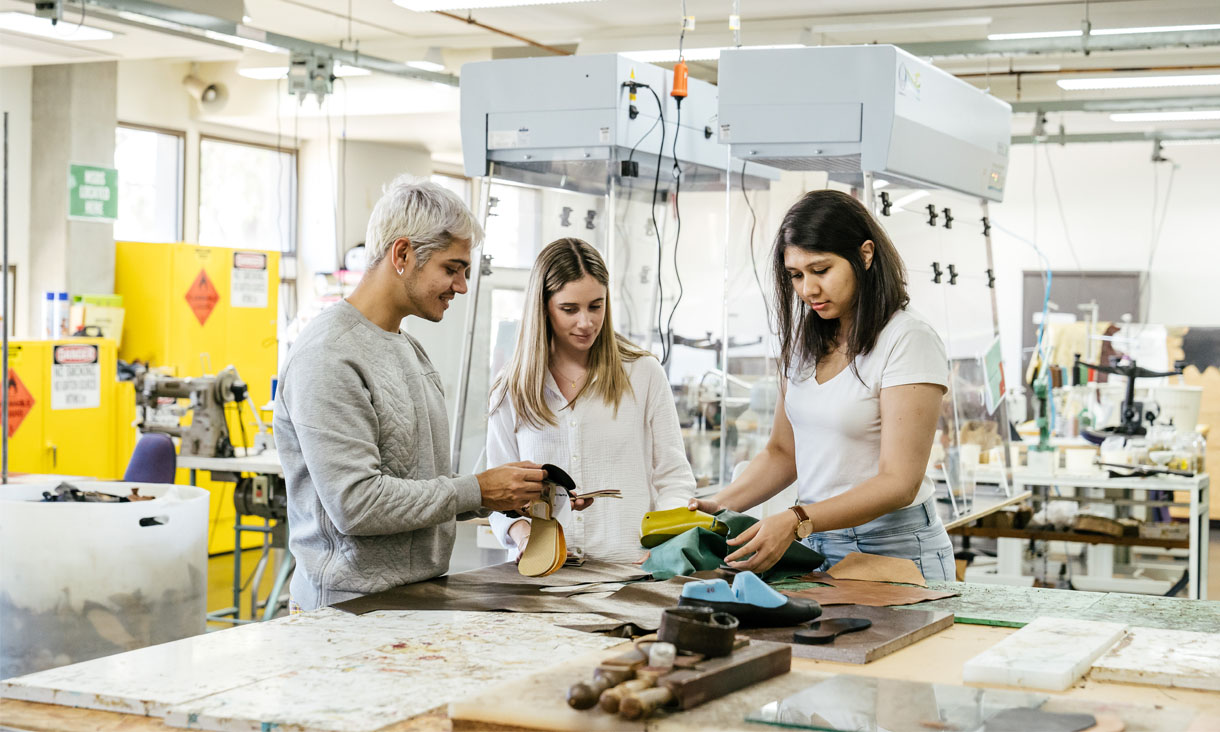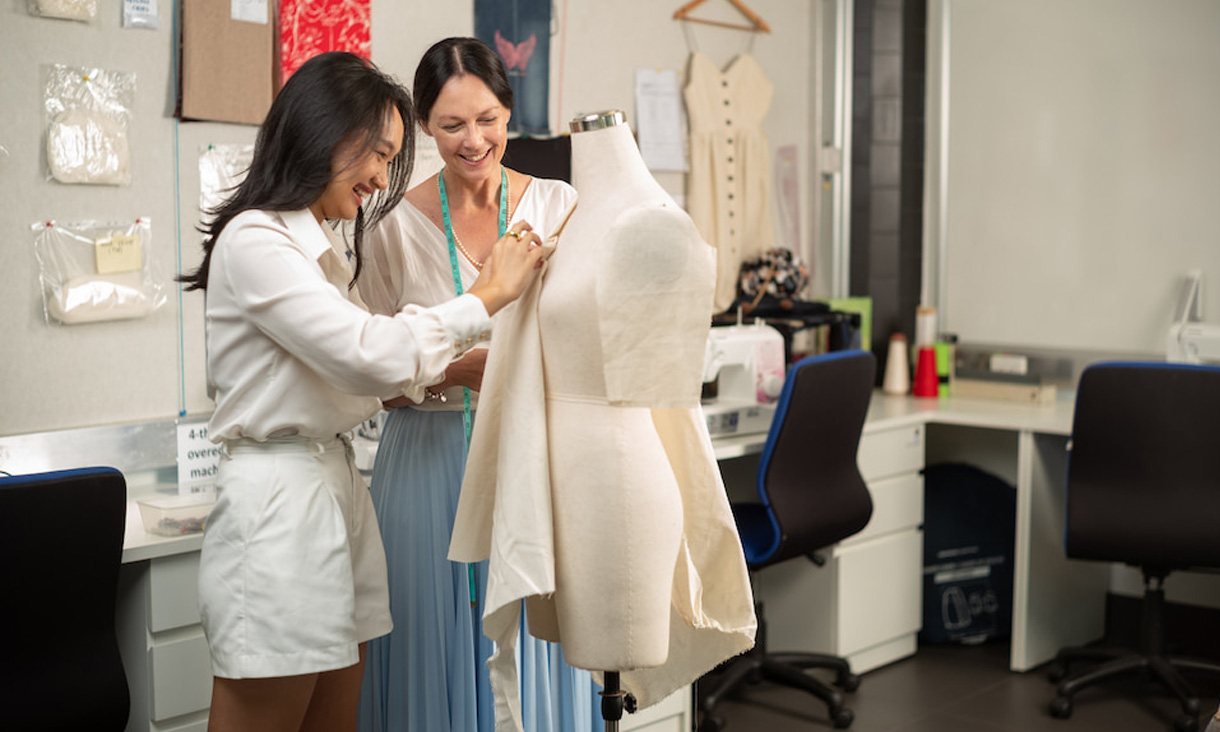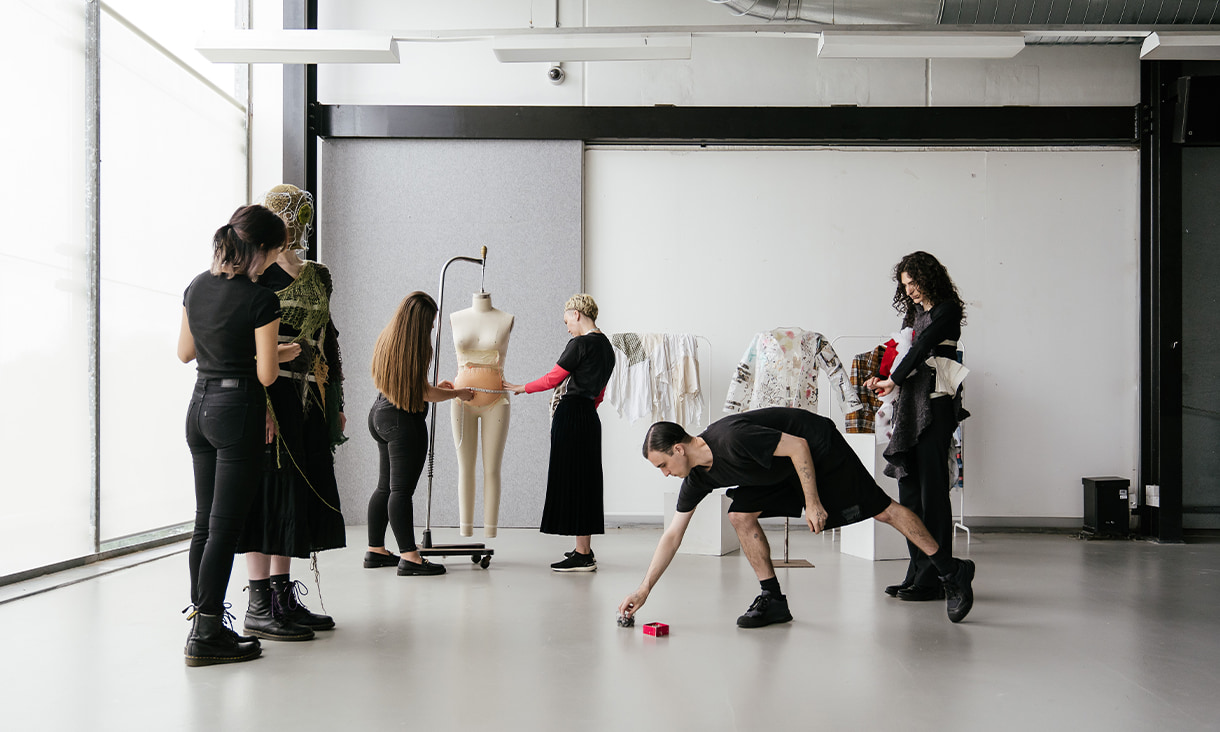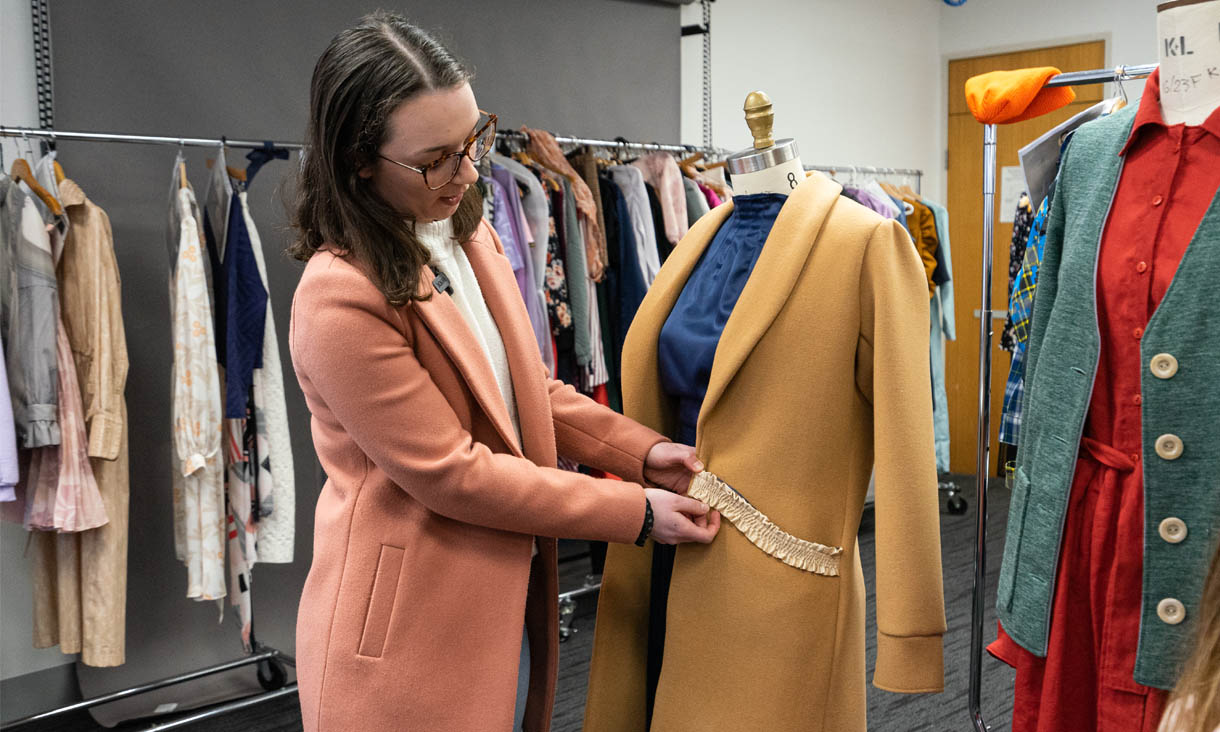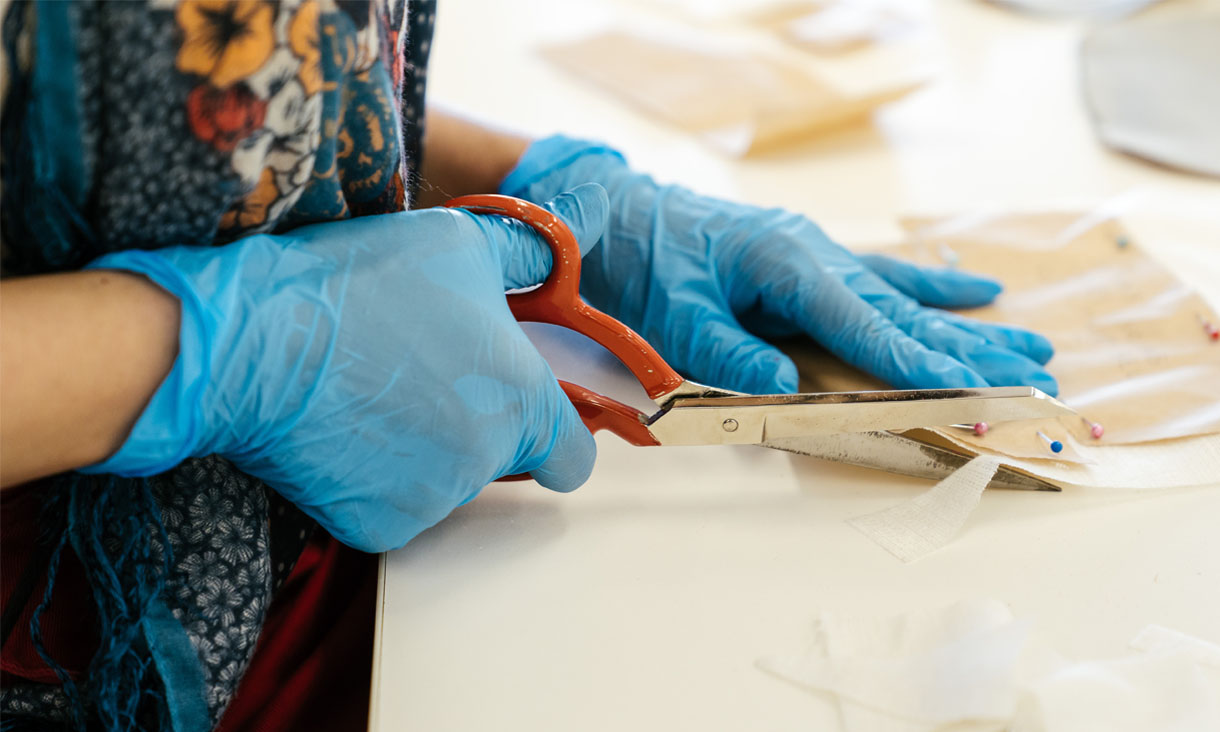Diploma of Fashion Styling
Using a combination of RMIT’s state-of-the-art studios and virtual learning spaces, and guided by real practitioners with strong connections to industry, you will learn the relevant skills and knowledge to set up your own consulting business, work for a company or simply continue exploring other areas of fashion.
Bachelor of Fashion (Design)
Collaborate with industry/community partners on projects, placements, virtual studios and case studies. You will learn the skills and techniques involved in fashion garments and accessories, products, artefacts, materials, communication, and experiences for the body.
Master of Fashion (Entrepreneurship)
Develop advanced entrepreneurial skills and industry acumen, combined with an in-depth knowledge of the fashion system so you can effectively and strategically manage a fashion and textile enterprise within the global fashion industry.
